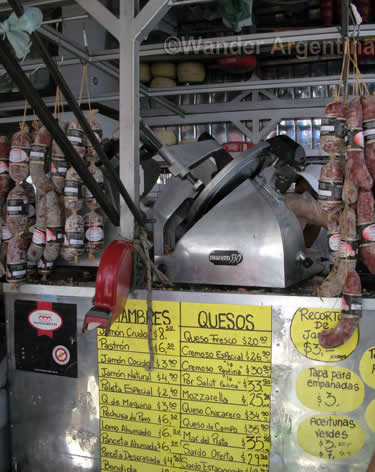 Argentina is becoming an affordable destination for foreigners again, due to government currency controls causing an insatiable appetite for black market dollars.
Argentina is becoming an affordable destination for foreigners again, due to government currency controls causing an insatiable appetite for black market dollars.
Argentineans purchase dollars on the black market as a way to save in a more stable currency than the inflation-prone Argentine peso.
Citizens are only allowed to purchase small quantities of dollars from the Central Bank for the purposes of travel, but black market dollars are their only option if they want to save money that won’t quickly lose its value.
Last week, Businessweek reported that one in fifteen dollars is absconded in Argentina.
What Argentina’s Currency Restrictions Mean for Foreigners
While the currency restrictions make life difficult for locals, visiting foreigners can get nearly twice the number of pesos for their dollars on the black market (known locally as the ‘blue dollar’) than they will get at an Argentine bank or at the ATM.
Those who bring cash from home or use a money transfer service to receive pesos at a better rate find that a decent lunch can once again be found for US $3-4, a Buenos Aires bus or subte fare costs $0.25 and a basic Buenos Aires hotel room can be found for US $10.
The Steak Dinner Cost Index

Argentina got a reputation as a budget destination after the 2002 devaluation of the peso. By 2009, as the economy recovered, inflation caused prices to rise again and word got out among travelers that it wasn’t so inexpensive anymore.
Now, tourism from neighboring Uruguay is on the rise as Uruguayans come to spend their dollars for low-cost vacations in Argentina, but the favorable rate hasn’t yet caused a rebound for tourism from overseas.
While the famous eight-dollar-steak-dinner-days may not be quite back, the high, albeit fluctuating, value of the dollar on the black market means –- for now at least — that a steak and wine dinner in Buenos Aires can be found for US$12.
Travel Tip: Virtually no one can purchase dollars in Argentina at the official rate, especially foreigners. This means that travelers should bring USD (you can enter the country with up to US$10,000).
Those who are —understandably— not comfortable carrying all that cash and exchanging it at illegal, if ubiquitous, currency exchange houses, can use Xoom to get money locally or a money transfer service for currencies other than dollars to receive pesos at a slightly lower ‘blue’ rate.
For a while, foreigners could take a trip to Uruguay to get dollars at the ATM, but even there the banks have restricted dollar withdrawals to U.S. $300, and that’s if there are any greenbacks available.
Whatever travelers do, unless you like to gratuitously lose money, don’t use ATM’s in Argentina.

